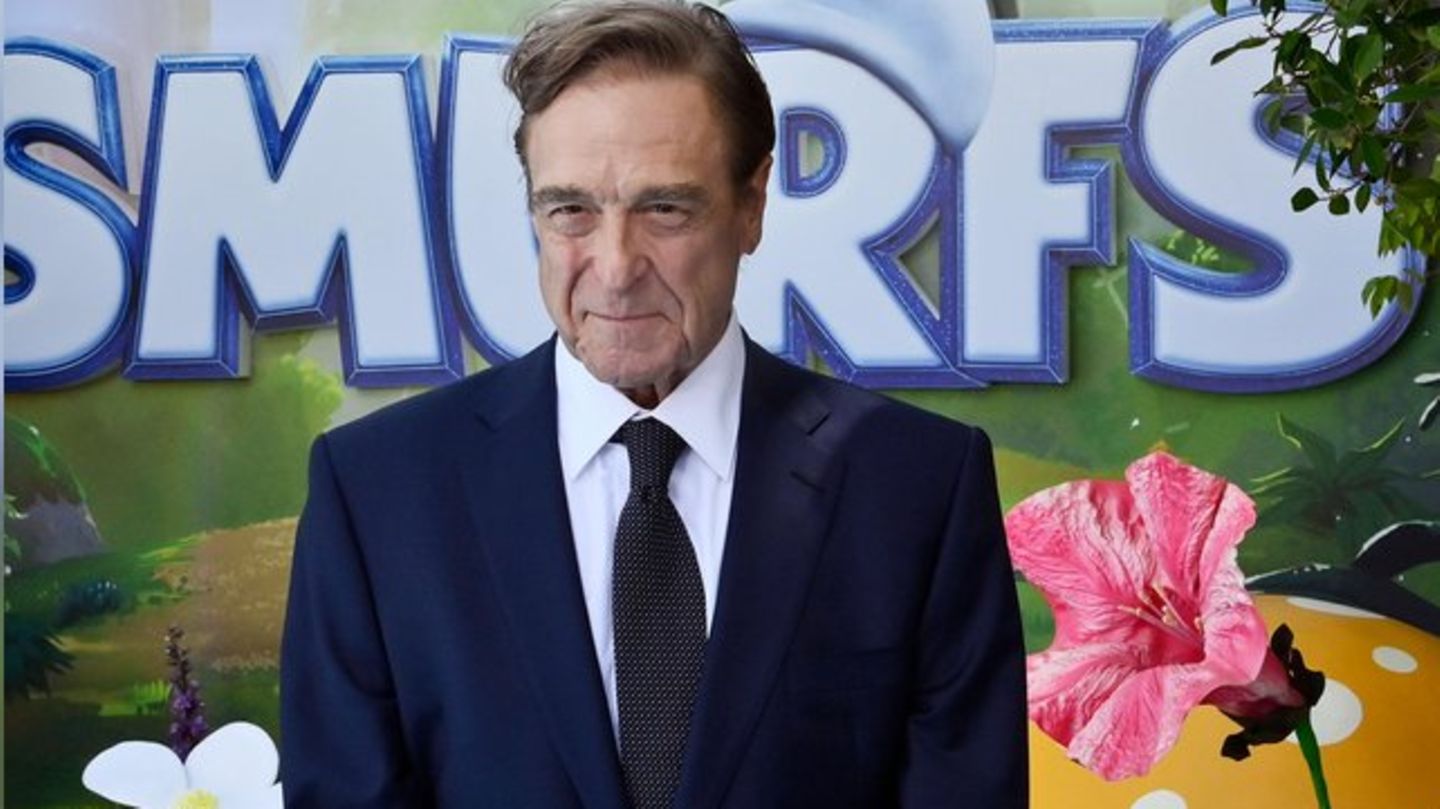The hard one adjustment imposed by the government of Javier Milei to the economy and society as a whole It will not be finished in 2025according to some private data that indicates that there is still a lack of achieve the goal of a total consolidated expenditure of 25% of the Gross Domestic Product (GDP), as proposed among the main objectives of the May Pact.
The goal refers to the sum of the expenditure of the three levels of the State, Nation, provinces and municipalities and, as indicated the Argentine Institute of Fiscal Analysis (IARAF), when 2024 ends still They will subtract about 8.5 points from the GDP allocated to the public sector to reduce.
It must be taken into account that, From 2023 to 2024, the drop was 7.2 points of GDPwhich implies that there is still more room to cut than what has been done so far.
Last year, spending was equivalent to 40.7% of GDP. Of that percentage, 21.7% was from the Nation; 15.4% of the provinces and 3.5% of the municipalities. In 2024, meanwhile, It will be distributed as follows: 17.7% of the Nation; 12.9% provinces and 2.9% municipalities, which indicates a consolidated 33.5%.
What the May Pact proposes regarding cuts
As will be remembered, one of the main points of the May Pact It is to return to a consolidated expenditure similar to that in the 1990s, which was around 25% of GDP. To achieve this, another adjustment of 8.5 points would now be needed starting in 2025. It is likely that next year the pace of the chainsaw will be reduced somewhat, especially because it is an electoral period and Javier Milei’s government needs to add its own legislators to the blocks. The end of the process would arrive in 2026.
The IARAF estimates that Argentina’s GDP will close this year at US$568,000 million, in the value of the official dollar. “From these assumptions it emerges that, in 2024, national public spending would have a decrease in real terms of 22.4% compared to 2023, while public spending provincial and municipal would have a real decrease of 20%”indicates the study.
The IARAF points out that “the year 2024 is heading toward completion with a lower relative weight of public spending at the three levels of government.” Regarding the consolidated total, in 2023, it represented 40.7% of GDP.
The lowest moment in the series was in 2004, when it reached 25.6% of GDP, which is the goal of the pact that Milei made the governors and other actors on the political scene sign in the supposed idea that, with this, society embraces a new State policy. The highest point is in 2016, with 44.8% of GDP, this is 4.1 points above 2023.
What happened to the expense accrued in September
In September, as highlighted by the Analytica consultingreal accrued primary spending had a fall of 29.7% year-on-year, while, considering the first nine months, the contraction was 30.1% compared to the same period last year.
Among the accrued items with the greatest year-on-year adjustments are public works (-73.1%), transfers to provinces (-58.1%) and spending on social programs (-47.4%). On the other hand, the 8.6% increase in spending on family allowances stands out, driven by a 57.8% increase in spending in the AUH.
The Temporary Advances (ATN) accrued in the first nine months they decreased by 74.2% real year-on-year, while the expenditure of the Ministry of Education was reduced by a real 56.1% in one year. In the first nine months, the drop was 48.6%, compared to the same period last year.
The most relevant program is “Development of Higher Education”, which represents 77% of the total expenditure of the Ministry of Education. In September, it had a real year-on-year drop of 30.5% and, so far this year, 30.4%.
Source: Ambito
I am an author and journalist who has worked in the entertainment industry for over a decade. I currently work as a news editor at a major news website, and my focus is on covering the latest trends in entertainment. I also write occasional pieces for other outlets, and have authored two books about the entertainment industry.




